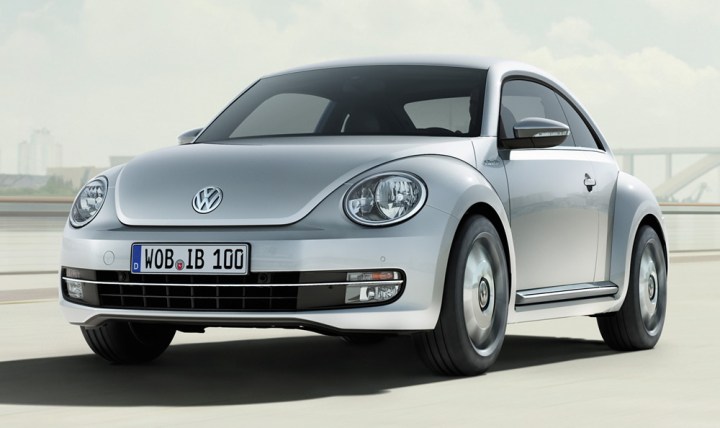
The information from German publication Der Spiegel suggests that the group will start trimming the costs down by keeping models on the market longer, as well as limiting the number of variants for some models. For starters, the sub-compact Polo will no longer be available as a three-door hatch, making the five-door version the sole available model.

VW’s Eos hard-top convertible, already set to end production this year, will now most likely not see a successor take its place. Now it looks like the cost-cutting eye is directed at the Beetle.
Back in the late 90’s, the New Beetle was everywhere, whether you liked it or not. It received an update in 2011, but it was never going to make a similar impact. The car simply doesn’t have that significant of a presence on the automotive landscape anymore. It’s also not built on the modular platform that Volkswagen uses on vehicles like the Golf and that independent production line might put it on shaky ground.
Nothing has been set in stone just yet, but there’s no doubt some big changes will come from Volkswagen across all its brands if they’re going to meet that target savings number, so many of these suggestions seem likely. Is the Beetle’s iconic heritage enough to justify keeping it around? Does it still have that strong, if divisive, charm that it once had? More importantly, if the Beetle went away, would anyone really notice?


